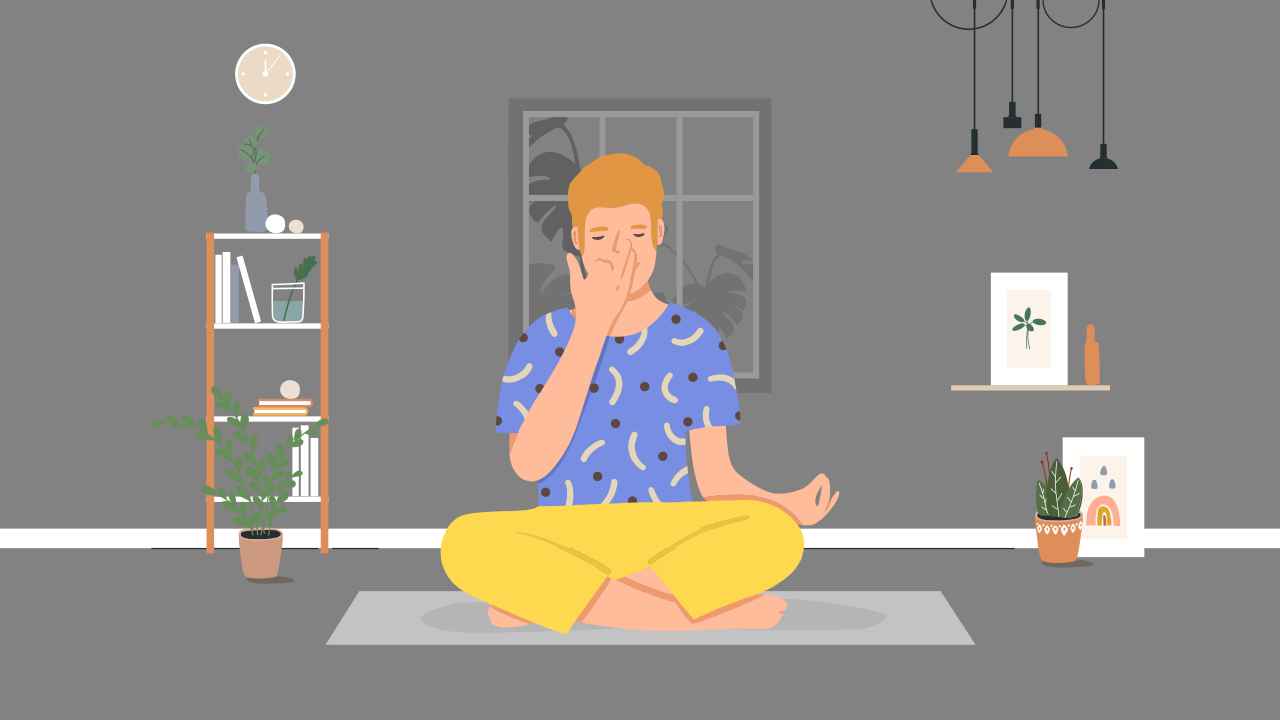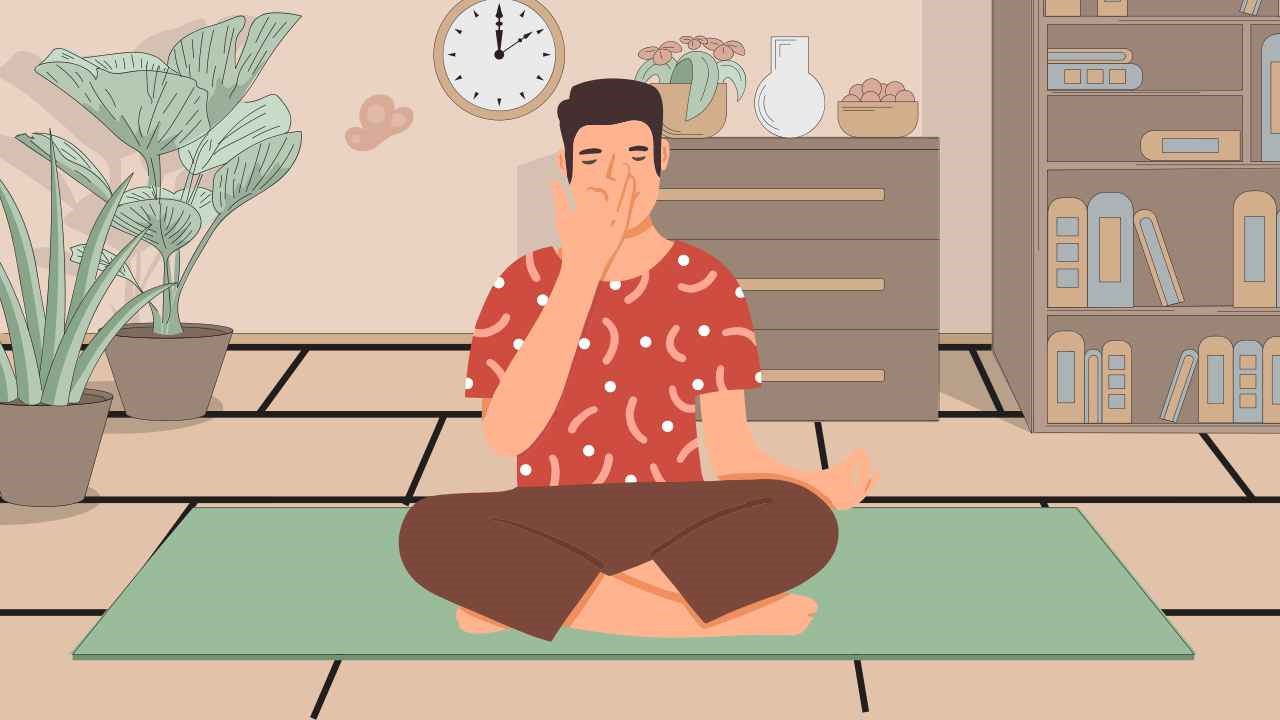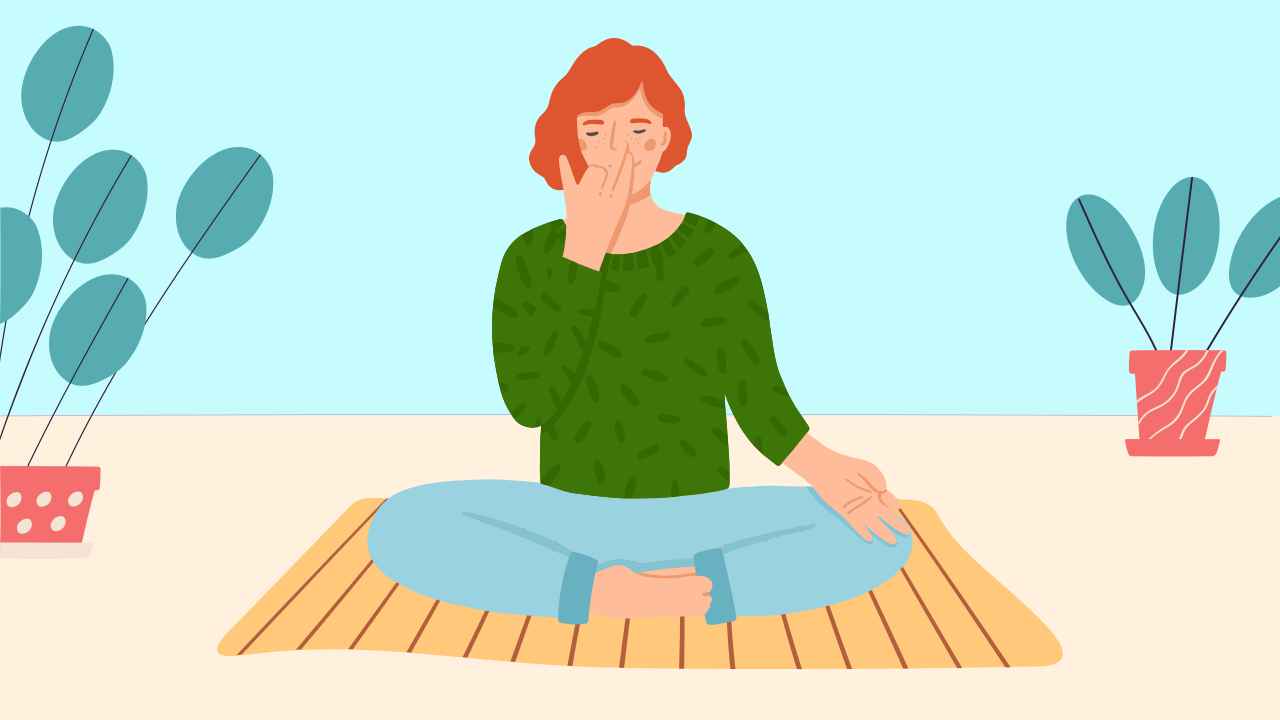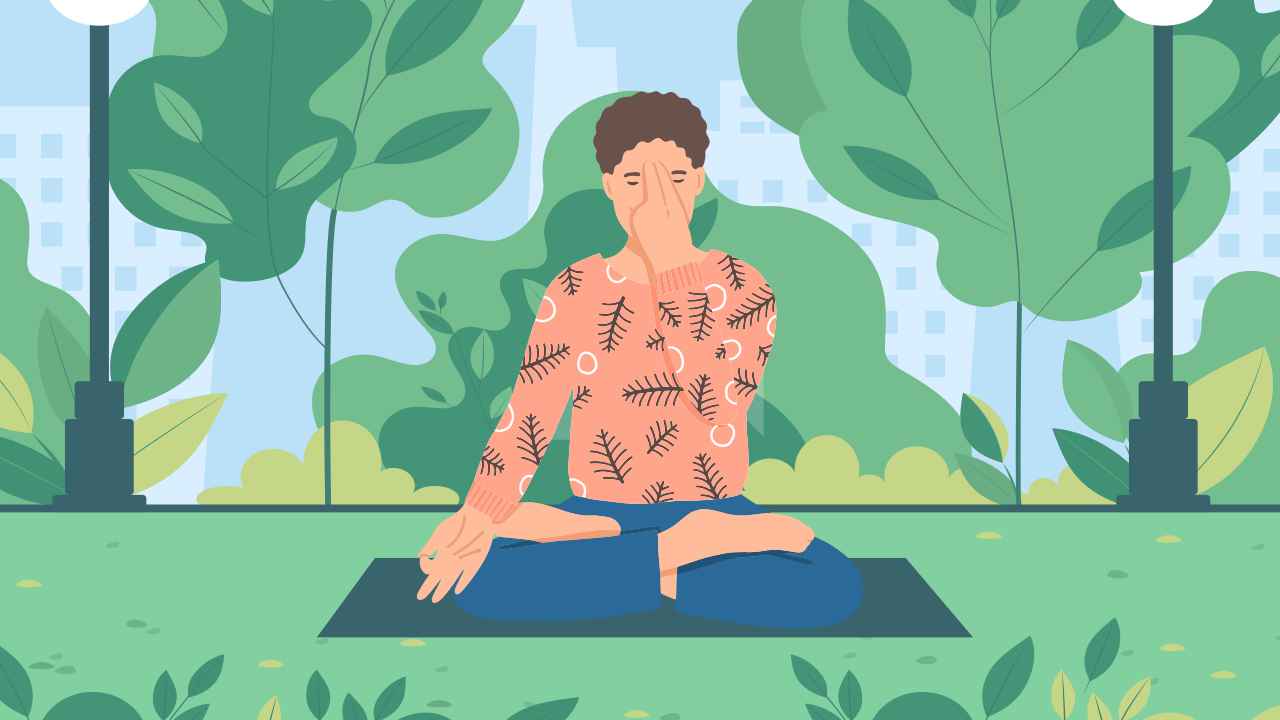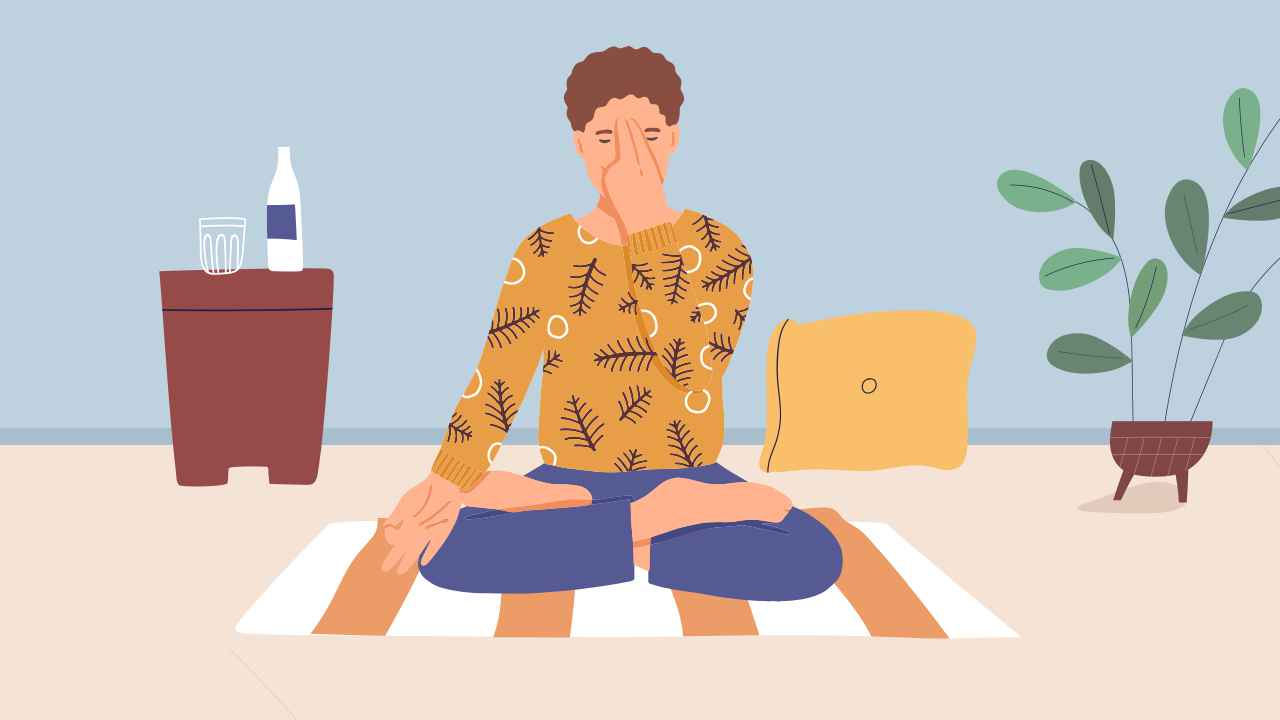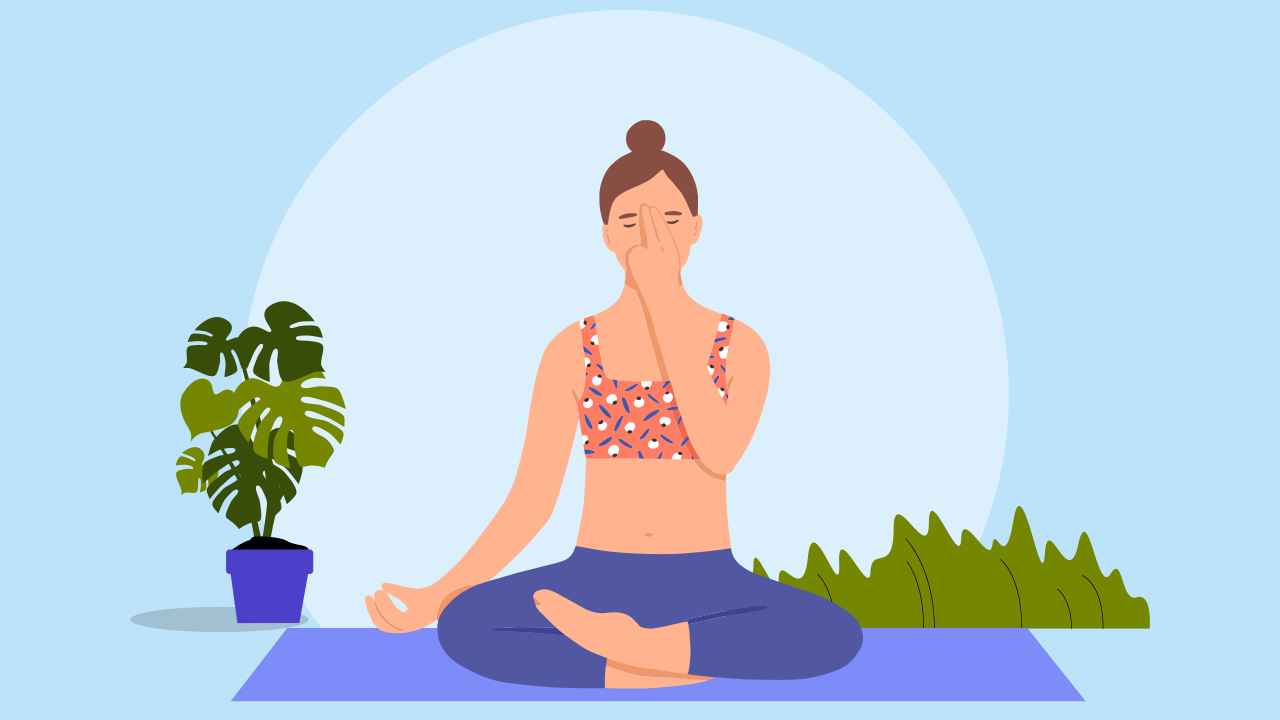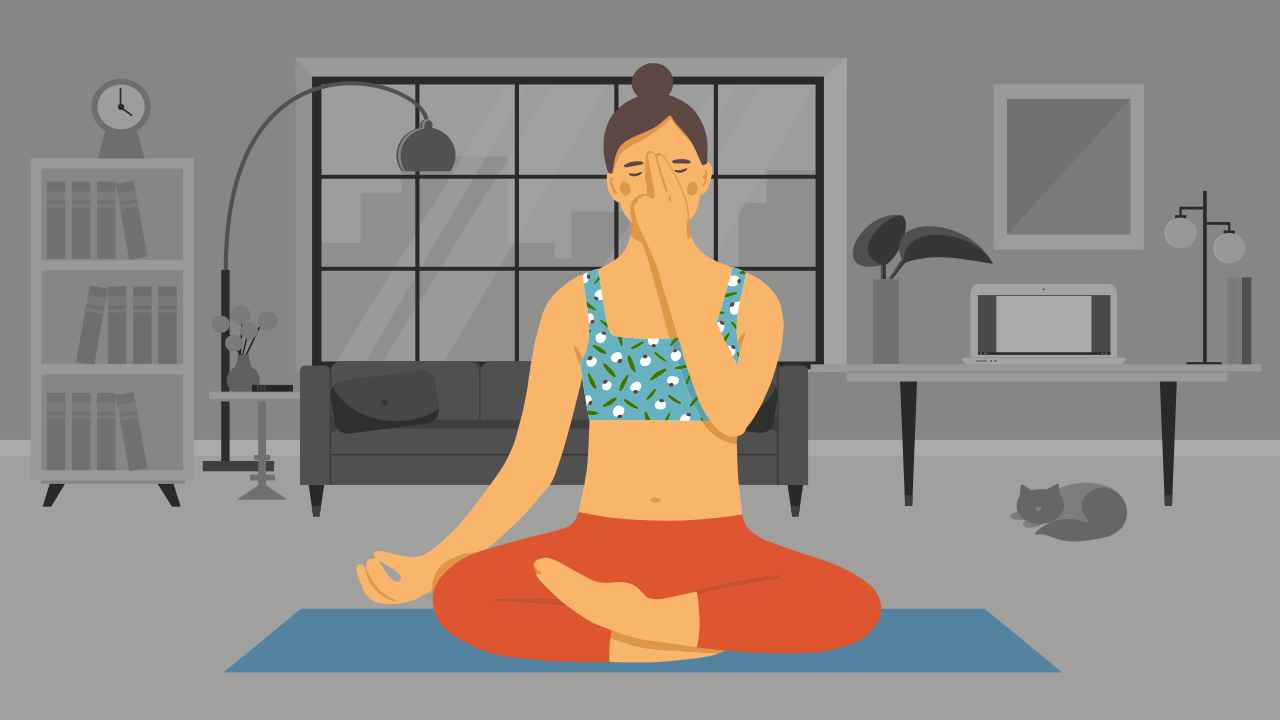
Important Things to Know About Savasana: A Relaxation Yoga Technique
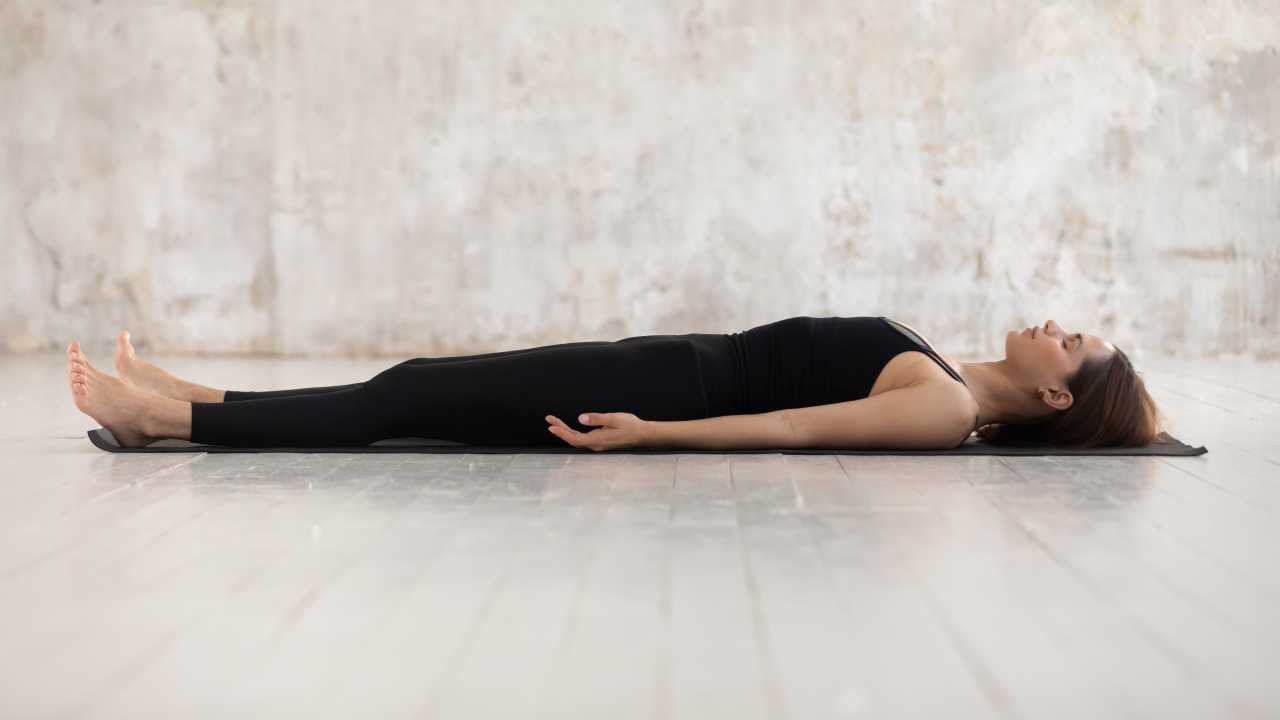
Movement and rest are two sides of the same coin; you cannot hope to master one without the aid of the other. Imagine, if your heart was to beat continuously without taking rest between two beats, it would eventually stop working due to exhaustion. Similarly, rest or relaxation is important for your survival, and this is greatly stressed in yoga practices. Many scholars believe that relaxation gives the maximum amount of renewed strength in the minimum duration. This is why we have relaxation postures and techniques in yoga.
It is widely accepted that sleep is a physiological response of our body that helps restore our health and results in rejuvenation. Then, why is it that we often find ourselves waking up in the morning feeling dreary and more exhausted even after a good night’s sleep? This is mostly because even though there is no physical movement taking place in the body, the mind is constantly at work.
Complete relaxation can only occur when the mind is totally at rest
Moreover, relaxing successfully can prove more effective than just sleeping. This is what savasana offers. Savasana or the corpse pose is a technique designed to provide comprehensive general or deep relaxation.
Also read: Getting Started: Yoga Sequences for Beginners
How does savasana work?
Getting into savasana may sound welcoming for most of us, but that is hardly the case. Savasana is highly mistaken for a short nap. Even though the body is in a lying down position, it is a signal for the brain to get ready for sleep. This is what you need to avoid during savasana. Nor does it indicate a state of idleness. Savasana is rather a voluntary withdrawal of all the nerve-force, starting from the extremities to the thinking brain, thereby stimulating a death-like experience.
Through the technique of savasana, you first aim at conscious relaxation of the voluntary muscles, which include different body parts, enabling a carry-over effect on the involuntary sphere
Just like every other asana, savasana begins with the body and works its way up to the mind with the help of breath.
What are the stages of savasana?
Primarily, there are two types or stages of savasana. The first one is called partial relaxation. In this, you direct your conscious attention to vital body zones. The human body involves 16 Marmasthanani, ie, vital or sensitive zones, wherein you need to bring your awareness first and then withdraw it. You may start from the toes, move upwards towards the:
- Ankles
- Knees
- Thighs
- Arms
- Anus
- Reproductive organs
- Navel
- Stomach
- Heart
- Neck
- Lips
- Nose
- Eyes
- Space between your eyebrows
- Forehead
- Brain, also known as brahmapura
Target every part specifically to bring about thorough and complete relaxation. This is the most common technique practiced and has great healing effects.
The second stage, which includes general relaxation, is for an intermediate practitioner. Thus, you may practice it only after mastering the first stage of partial relaxation. It is because in general relaxation the concentration is fixed on inhalation and exhalation, and there is a complete withdrawal from all body parts simultaneously, instead of in stages. Here, you do not make an effort to relax every vital zone individually. Instead, you just practice deep diaphragmatic breathing throughout the period of relaxation. So, the attention is on the breath rather than a specific body part.
Be mindful and do not rush into the final stage. Although there is no harm in practicing general relaxation, you may be unable to get optimal advantages if you cannot relax completely.
Also read: What Is the Difference between Yoga and Meditation?
When should you practice Savasana?
The ideal time to perform savasana is after a workout. Savasana can provide valuable benefits to your body and mind after high-intensity interval training (HIIT), yoga, or any other exercise. This technique enables the body to absorb the complete effects of your workout. It is also a way of consciously relaxing your body and mind.
Now that you have an understanding of savasana, perform it wisely to derive its health benefits.


